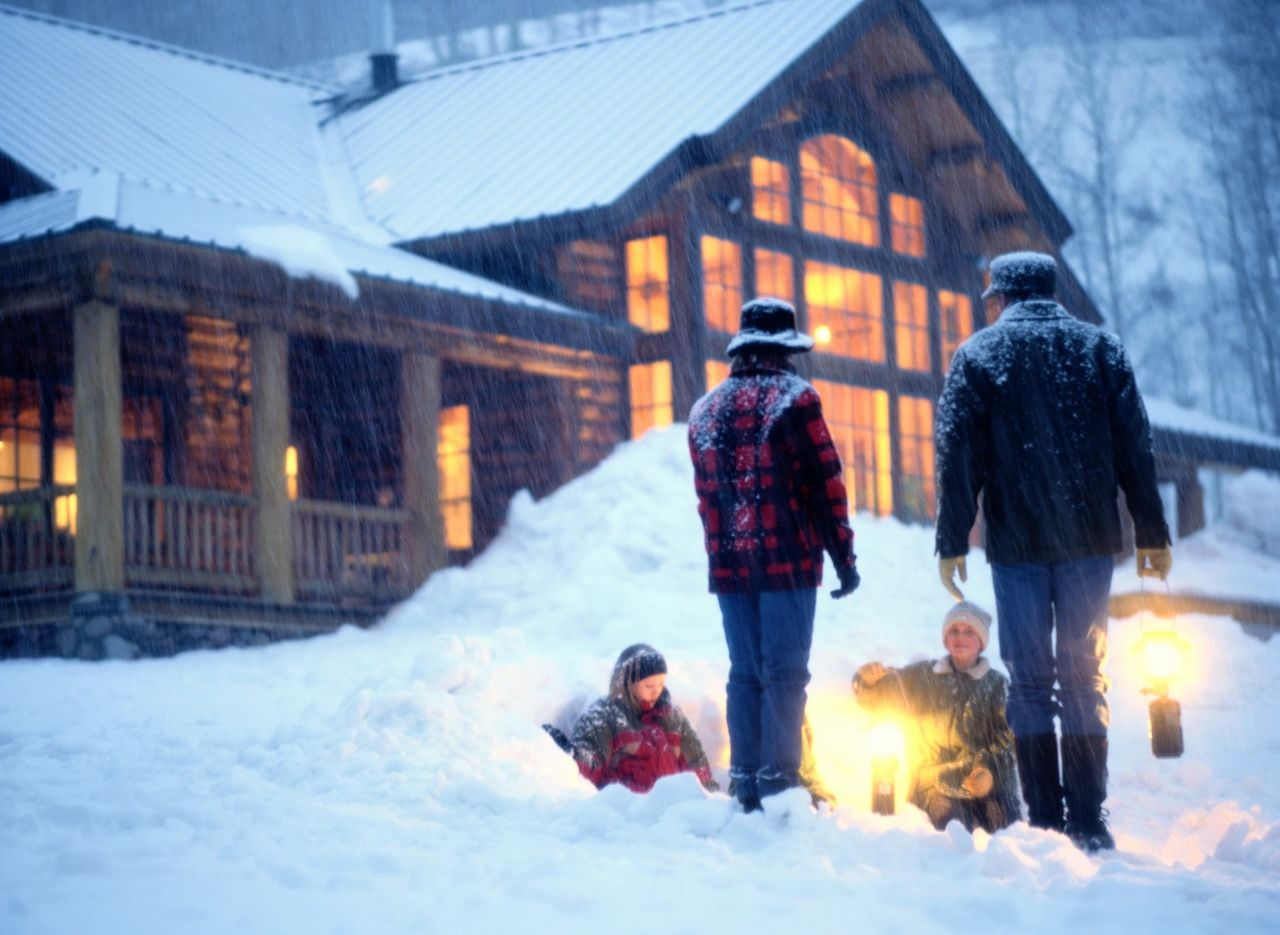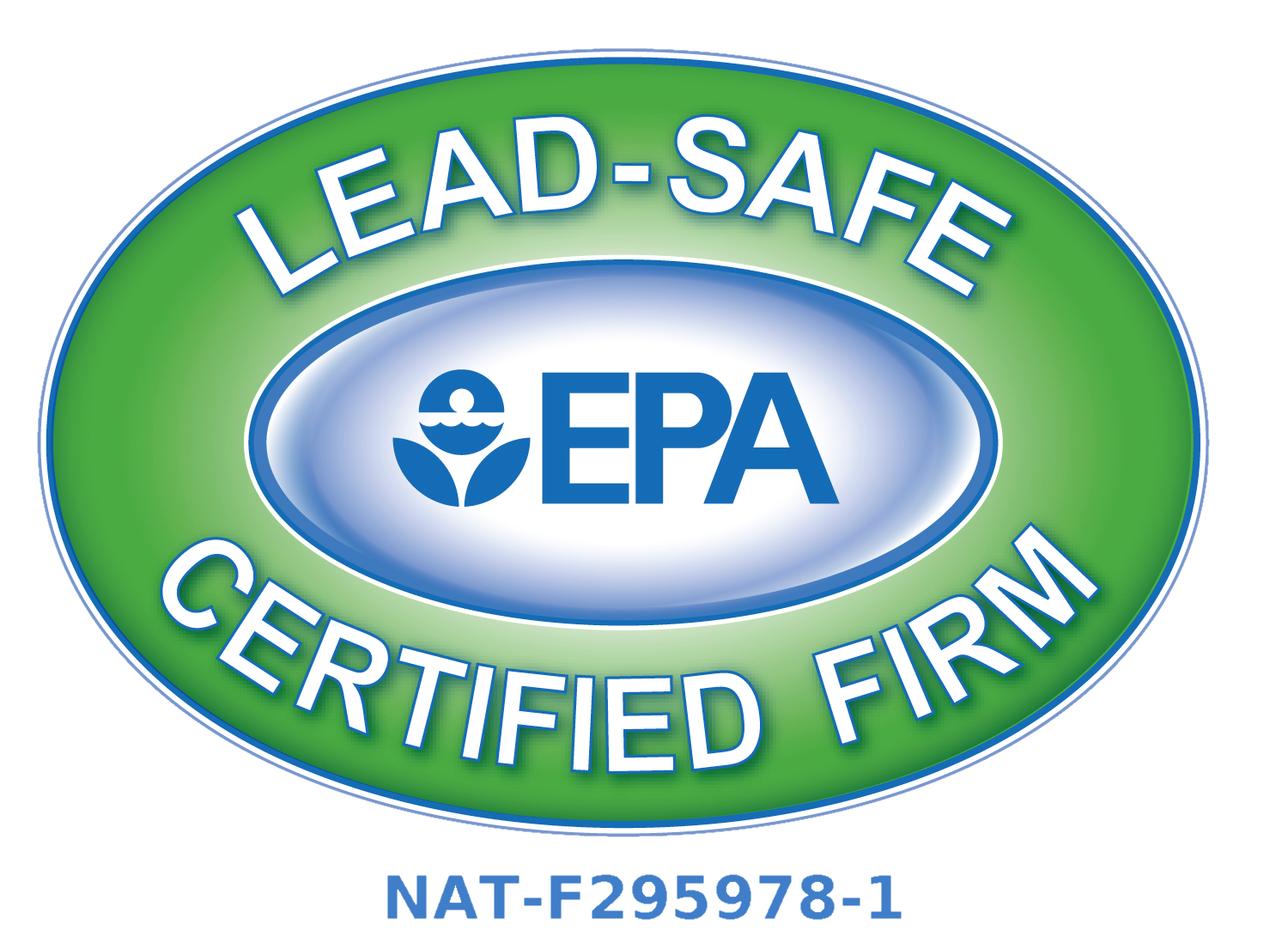July 2, 2025
Wildfire Season Preparedness: Protecting Your Bozeman Property from Smoke & Ash
Emergency Mitigation & Restoration 24/7
We’re proud to serve our local community by restoring homes and businesses to their full potential after unexpected damage. As a trusted part of the neighborhood, we’re committed to providing fast, reliable, and high-quality service when you need it most. Our customers’ feedback reflects our dedication to excellence, professionalism, and care. Explore our reviews to see how we’ve helped your neighbors rebuild and restore with confidence—because serving our community is more than a job; it’s our mission.
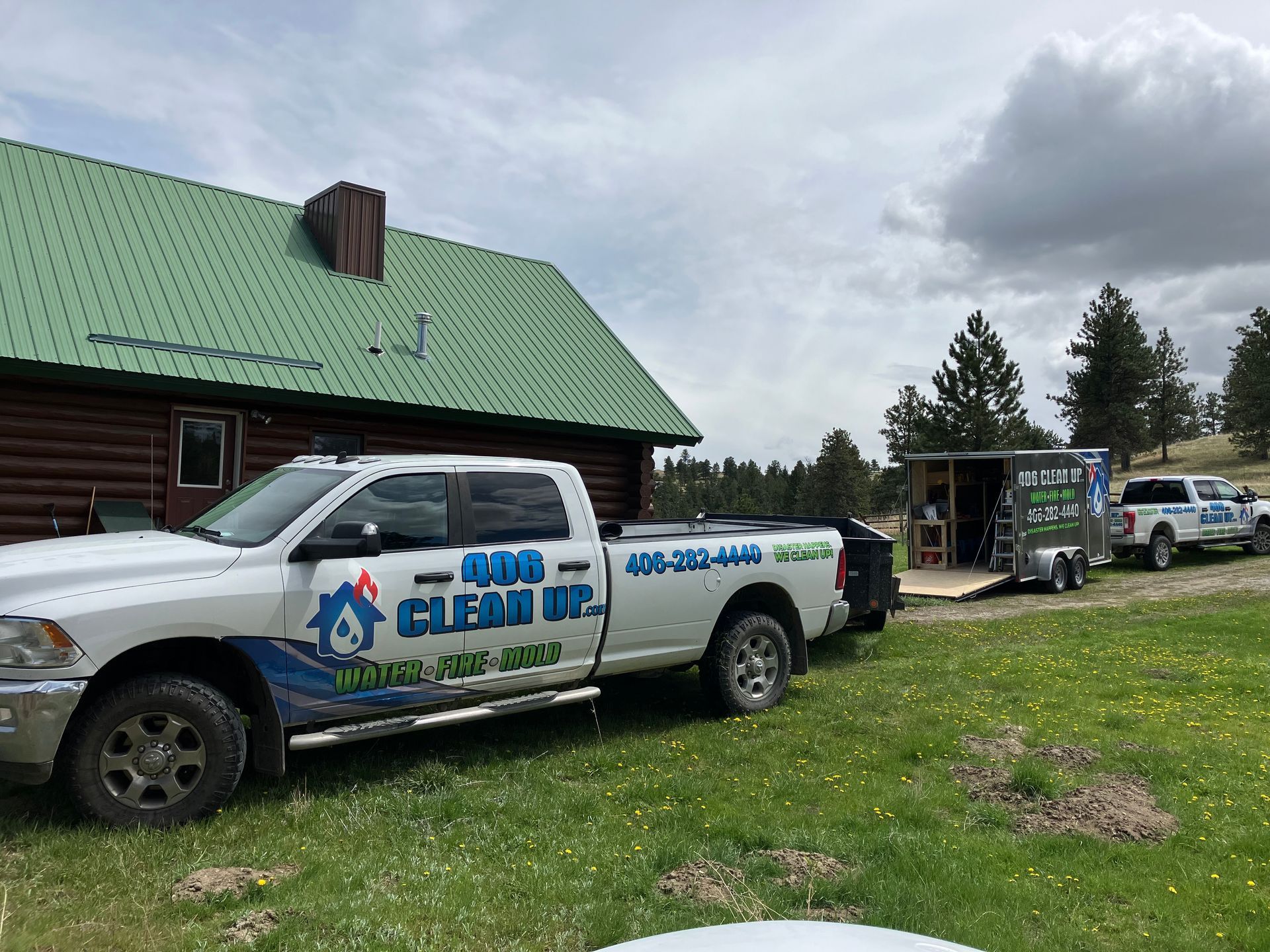
Safeguarding Your Home and Health from the Unseen Threat
Did you know that in many parts of the Western United States, the annual wildfire season has stretched from a four-month event to nearly eight months long? According to data from NASA and the U.S. Forest Service, climate shifts have dramatically increased the length and frequency of fire seasons. For us here in Bozeman, nestled in the stunning but vulnerable Gallatin Valley, this isn't just a headline—it's a reality that directly impacts our properties, our health, and our way of life. The question is no longer if we'll be affected by wildfire smoke, but when and how badly.
This new reality demands a new level of preparedness. Protecting your home isn't just about preventing flames from reaching your doorstep; it's also about creating a robust defense against the pervasive, damaging effects of smoke and ash. This guide is designed to provide clear, actionable steps for Bozeman homeowners. We'll explore how to fortify your property from the outside in, what to do when smoke blankets the valley, and why professional cleanup is critical after an event. At its core, preparedness is about taking control, and it starts long before you smell smoke in the air.
The First Line of Defense: Creating a Defensible Space
The single most effective action you can take to protect your home from wildfire is to create and maintain a "defensible space." This is a buffer you create between your home and the surrounding landscape. The goal is to reduce or eliminate flammable materials, which can slow or even stop the spread of wildfire. Think of it as creating a safety zone that gives firefighters a chance to defend your home. The National Fire Protection Association (NFPA) and Montana's own Department of Natural Resources and Conservation (DNRC) break this down into three crucial zones.
Zone 1: The Immediate Zone (0-5 feet from your home) This is the most critical area and should be treated as a non-combustible zone.
- Landscaping: Use non-flammable materials like gravel, pavers, or concrete. Avoid bark mulch, pine needles, and flammable plants directly against the home's foundation.
- Debris Removal: Routinely clear leaves, pine needles, and other debris from your roof and gutters. Embers can travel for miles and easily ignite this dry material.
- Under Decks and Porches: Remove anything stored under your deck or porch. Enclose the underside with 1/8-inch metal mesh to prevent embers from blowing in and igniting the space.
- Firewood: Move your firewood stack to Zone 2, at least 30 feet away from your home.
Zone 2: The Intermediate Zone (5-30 feet from your home) Here, the goal is to break up the path of a potential fire.
- Lawn and Vegetation: Keep grass mowed to a maximum height of four inches.
- Tree Spacing: Create "fuel breaks" with driveways, walkways, and rock features. Trees in this zone should have at least 18 feet between their canopies.
- Ladder Fuels: Prune trees up to 6-10 feet from the ground to remove "ladder fuels"—low-hanging branches that can carry a ground fire up into the tree crowns.
- Propane Tanks: Clear all flammable vegetation within 10 feet of propane tanks and your grill.
Zone 3: The Extended Zone (30-100 feet from your home) The objective in this outermost zone is to interrupt the fire's path and keep flames smaller and on the ground.
- Thinning: Remove smaller conifers growing between mature trees and dispose of heavy accumulations of dead plant material.
- Canopy Spacing: Ensure trees 30 to 60 feet from the home have at least 12 feet between canopy tops, and those 60 to 100 feet away have at least 6 feet.
When Smoke Fills the Valley: Sealing Your Home from Intrusion
Even when a fire is miles away, its smoke and ash can pose a significant threat. Wildfire smoke is a complex mixture of fine particulate matter (PM2.5), gases, and water vapor. These particles are microscopic—30 times smaller than a human hair—and can easily infiltrate your home, causing health problems and leaving behind a damaging, corrosive residue.
Before the Smoke Arrives (When a fire is active in the region):
- Seal Your Home: Close all windows and doors. Use painter's tape to seal gaps around windows and doors if necessary. Don't forget to close the flue on your fireplace.
- HVAC System: If you have central air, set it to "recirculate" to avoid pulling in outside air. Ensure your filter is clean and consider upgrading to a high-efficiency MERV 13 (or higher) filter designed to capture smoke particles.
- Create a "Clean Room": Designate an interior room with few windows as a clean air space. Use a portable HEPA air purifier to keep the air in this room as clean as possible.
During a Smoke Event:
- Limit Outdoor Activity: Stay indoors as much as possible, especially if you are in a sensitive group (children, the elderly, or those with respiratory conditions).
- Avoid Creating More Indoor Pollution: Refrain from burning candles, using gas stoves, or vacuuming (unless your vacuum has a HEPA filter), as these activities can stir up particles already inside.
The Aftermath: The Hidden Dangers of Ash and Soot
Once the smoke clears, you may be left with a layer of ash and a persistent, acrid smell. This isn't just dust. Wildfire ash is made of charred wood, building materials, and other organic matter. It can be highly alkaline and corrosive, capable of etching glass, staining surfaces, and causing permanent damage if not handled correctly. The smoke odor can penetrate deep into porous materials like drywall, carpet, upholstery, and even wood framing.
Simply wiping down surfaces or using household air fresheners is not enough. Soot particles are often microscopic and carry a magnetic-like charge, causing them to cling to surfaces. Improper cleaning techniques can smear these particles, driving them deeper into materials and making the problem worse.
This is where professional restoration expertise is vital. Our teams are trained in the science of smoke and odor removal. We use specialized equipment and techniques to:
- Analyze the Residue: We first determine the type of soot to ensure the correct cleaning method is used.
- HEPA Filtration: We deploy commercial-grade HEPA air scrubbers and vacuums to capture the finest particles from the air and from surfaces without spreading them.
- Soot and Ash Removal: We use specific cleaning agents and methods, like dry chemical sponging, to safely lift and remove corrosive soot from sensitive materials.
- Odor Neutralization: We go beyond masking smells. Using advanced technologies like thermal fogging or ozone generation, we neutralize odor-causing molecules that have penetrated deep into the structure of your home, ensuring the smell is gone for good.
Your Challenge for the Week
Living in Bozeman means embracing the beauty of our natural environment while respecting its power. Proactive preparation is the key to coexisting safely with the threat of wildfire.
We’ve covered a lot, from landscaping your property to deep-cleaning after a smoke event. Your challenge this week is to choose one strategy and put it into action. Will you finally clean out your gutters and the 5-foot zone around your foundation? Will you inspect the seals on your windows or order a high-efficiency HVAC filter? Or will you put together a "clean room" kit with an air purifier and tape?
Share your chosen strategy in the comments below! Taking that one small step today can make all the difference for your property and your peace of mind when the smoky summer days arrive.
We have a passion for people and helping out others during their time of need! As former insurance adjusters, we discovered a need in the community for a top notch restoration and mitigation company. We found that many water mitigation companies do not understand the insurance claims process. We are experts when it comes to properly documenting your claim. A properly documented claim file will result in a prompt and proper settlement from your insurance company. Don't settle for anything less.

Contact Us
Better yet, give us a call or shoot us a text!
We love our customers and understand emergencies happen at all hours of the day or night, so feel free to call, text, or email us 24/7.
Emergency Services - fire and water damage restoration!
406 Cleanup.com
Bozeman, Helena and Butte, Montana; including the surrounding areas
Phone: (406) 282-4440
Email: info@406cleanup.com
GET A PROFESSIONAL HELP
Need Help?
We will get back to you as soon as possible.
Please try again later.
